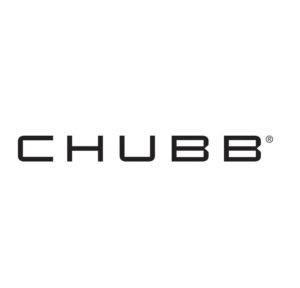
Chubb calls earlier email ‘sent prematurely,’ says it continues to pay for scans ‘case-by-case’
By onAnnouncements | Business Practices | Legal | Repair Operations | Technology
Chubb has called an earlier email declaring it would scan all 1990-or-newer vehicles before and after a collision “sent prematurely.”
The carrier said it would continue to handle vehicle scans — which numerous OEMs have deemed necessary within repair procedures and position statements — on a “case-by-case” basis.
A spokeswoman forwarded us Jan. 9 an email sent Jan. 6 to body shops by Chubb Western Claims Service Center regional auto technical specialist Frank Boccia.
It retracted an earlier Dec. 9 email Boccia had sent out that was disseminated to the collision repair industry in late December by Montana repairer Matthew McDonnell.
McDonnell said he had received permission to share it from Boccia’s manager, Chubb auto programs manager Frank Popish.
Popish was copied on the new email, in which Boccia wrote:
The email you received on December 9 regarding a policy announcement on pre and post scans was sent prematurely and we wish to clarify it. Chubb has consistently focused on the safety and integrity of covered vehicle repairs, consistent with manufacturer requirements. Our approach to pre- and/or post-repair scanning is no different. Many manufacturers have issued position statements relating to the need for pre- and post-repair scanning. Many have not yet done so. Chubb’s approach is to view each repair as unique, and to consider payment for covered repairs on a case-by-case basis, in accordance with policy terms and the need for a high quality repair.
“Chubb declines to provide any further comment,” Chubb communications manager Laureen Taylor wrote in an email.
Chubb had been a example of an insurer seemingly willing to let vehicle technology dictate its policies and not leave “case-by-case” wiggle room for questionable, ignorant or even self-interested decisions by repairers and adjusters.
The OBD-I vehicle diagnostic standard started in the 1980s, became law in California for the 1990 model year and was expanded nationwide shortly after that through a 1990 law. The OBD-II standard became mandatory for the 1996 model year. Multiple OEMs have confirmed the existence of diagnostic trouble codes without dashboard lights and being generated by seemingly minor acts like removing a part or disconnecting a battery. CCC and Mitchell put the average repaired vehicle at 6-7 years old — and the average totaled one is around a decade old — both dates far into OBD-II’s existence.
The Chubb reference to “manufacturer requirements” is welcome, but the reference to position statements also seems to reinforce an unfortunate misconception among repairers and insurers that such documents are the only place to find such requirements. Audi has confirmed that scans are found within OEM repair procedures even though it hasn’t issued a position statement. General Motors indicated much same prior to issuing its own statement. Other OEMs are likely the same, given the use of DTCs by mechanics for years.
Boccia’s original email can be found here.
Featured image: The Chubb logo. (Provided by Chubb via PR Newswire)
